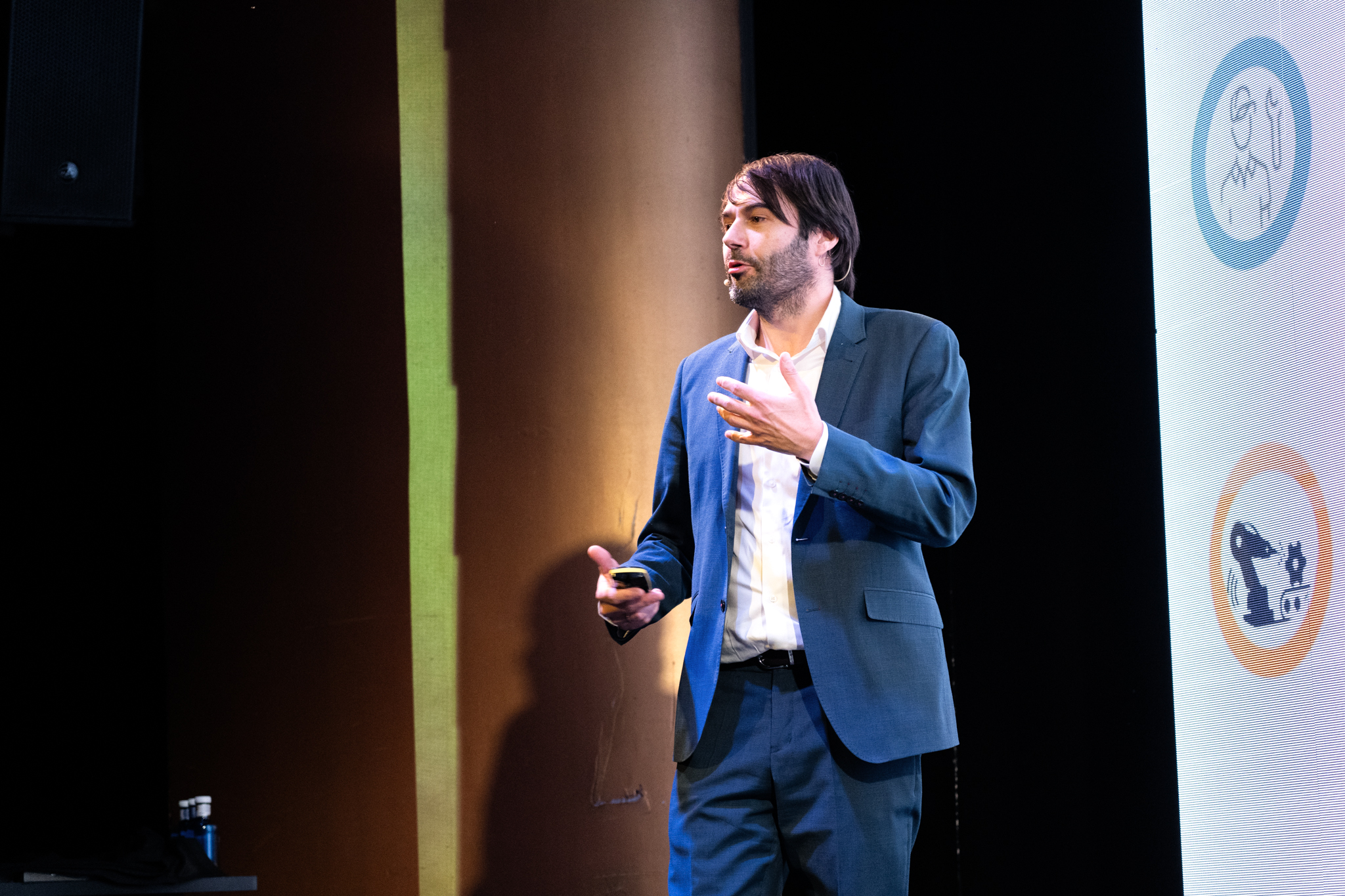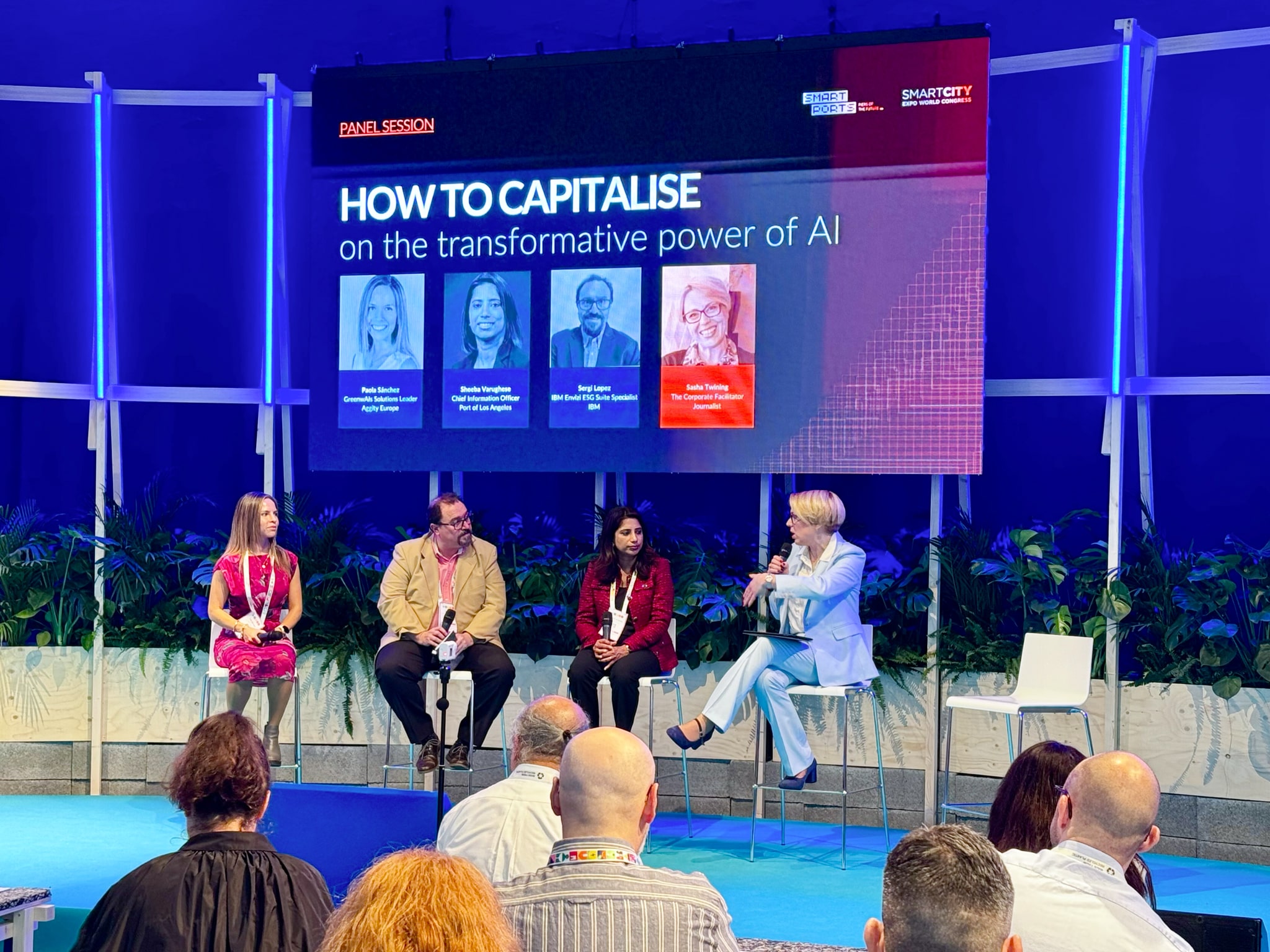Micro-segmentation and ransomware

Micro-segmentation is one of the most successful techniques in the fight against ransomware and is increasingly used by IT departments of organizations, reinforcing the Zero-Trust strategy.
Tabla de contenidos
ToggleIt is always easier to monitor a small space than a large one, and that is the premise of micro-segmentation to prevent ransomware.
Ransomware is one of the main concerns of the Chief Security Officer (CSO) and IT departments of organizations. Its ability to block data that can only be recovered with the payment of a ransom makes it one of the most dangerous threats. Variants such as WannaCry or Petya have wreaked havoc on companies in different industries, including critical infrastructure, so companies are constantly asking themselves how to protect themselves from ransomware.
At the same time that cybercriminals are becoming more sophisticated in their attack methods with techniques such as reverse social engineering, new techniques are also evolving and emerging to prevent ransomware or at least minimize its impact. Thus, we find the application of RPA to improve cybersecurity or the use of practices such as micro-segmentation.
Micro-segmentation is a cybersecurity strategy whereby the network is divided into smaller, isolated segments, also called micro-segments. In this way, communication between them is limited so that they function as independent networks with specific security policies for each of them. Thanks to this division, the attack surface is limited, so that if a ransomware attack is suffered, the consequences will be reduced to that micro segment.
Advantages of micro-segmentation to combat ransomware
The concept behind micro-segmentation is very simple and seeks to answer the question of how to prevent ransomware in a practical way. Since a ransomware cyberattack spreads gradually through the network, if barriers are placed on communications, the malware will not be able to advance. The great advantage is that if one of the micro segments is compromised, the other micro segments remain isolated and protected.

Another of the most important benefits of implementing a cybersecurity strategy that contemplates the micro-segmentation technique is that IT departments can establish granular and customized security policies for each micro-segment. With this, stricter measures can be implemented in those micro segments that are more critical and contain more valuable data and information for the organization.
But organizations are also employing micro-segmentation for other work such as early detection and response at the time of a ransomware attack.
It is always easier to monitor a small space than a large one, and that is the premise on which micro-segmentation is based. By being able to easily analyze the traffic flowing in each of the micro segments, organizations can more quickly detect any unusual behavior. It is also easier to test the strength of the systems.
Zero-Trust Policy
In general, what micro-segmentation fundamentally provides is greater and better visibility of everything that circulates through a business network. This improved visibility enhances the organization’s zero-trust strategy. Zero-Trust seeks to authenticate any workloads in circulation and challenge each of them to prevent malware from entering the network. With micro-segmentation, these loads can be identified more effectively, thereby enhancing the zero trust strategy.

Examples of micro-segmentation
There are several examples of micro-segmentation to combat ransomware: in one cloud environmentThe provider employs micro-segmentation to protect the workloads of each of its customers, so that each customer has its own virtual micro segment which operates as an independent network within the cloud infrastructure. Another example can be found in factories, where cybersecurity of operational technology is paramount; in the industrial environment, micro segments can also be created for industrial control devices, monitoring systems and security systems.
In short, incorporating the micro-segmentation in the cybersecurity strategy may be determinant for the success of the fight against ransomware and for this it is essential to count on an expert partner such as aggity, which, in addition to having a range of solutions grouped in the proposal, offers a wide range of solutions. Cloud & Cybersecurity by aggityhas proven knowledge and experience in the different stages of the cybersecurity circle of excellence.
Últimos posts

aggity strengthens its commitment to sustainability as a SILVER partner of “Fundación Empresa & Clima”.

aggity participates in the IBM Ecosystem Summit 2024 with an applied case of Generative AI in the food industry

Aggity, together with the multinational Fortinet, present an exclusive event in Lima on the application of Generative AI in Corporate Cybersecurity.

aggity participates in Smart Ports: Piers of the Future

aggity Supports the Contigo Foundation at its Annual Dinner

Challenges and Opportunities of Generative AI in Industry: Our Experience at BNEW

Official Liferay Partner in Spain





